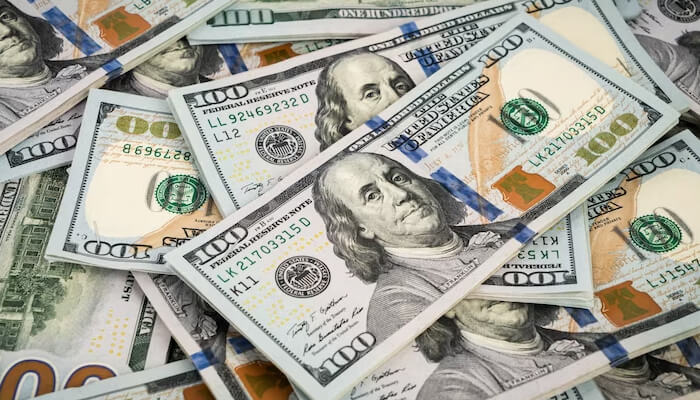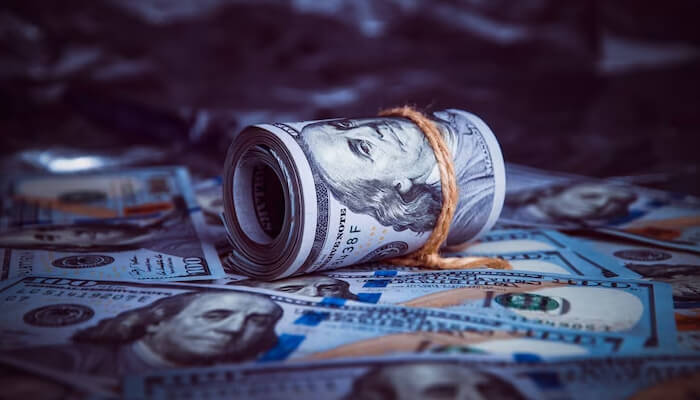This month, as investors reduced their forecasts for interest rates, the US dollar’s slide accelerated. Last September, as a result of the Fed’s rapid pace of interest rate increases, the dollar rocketed to a two-decade high. However, anxieties about the recession, the failure of three regional banks, political squabbling, and US expenditures followed.
The Federal Reserve now seems to be reaching the conclusion of its rate-hiking cycle as inflation continues to decline. The US Dollar Index, which measures the value of the dollar against the British pound, euro, Swiss franc, Japanese yen, Canadian dollar, and Swedish krona, reached its lowest point in more than a year last week as a result.
The Federal Reserve (Fed) increased interest rates by a quarter percent on Wednesday and signalled another increase later this year. However, it’s feasible that the Fed may opt to move on to the next stage of its battle against inflation and hold interest rates stable until inflation moderates to its 2% target instead of implementing a second boost.
The dollar is approaching a more sustainable level, according to some experts, as the central bank nears the potential end of its rate hike cycle and other central banks around the world that started raising rates after the Fed catch up.
As the lone option, the dollar “lost some of its lustre,” according to Kathy Jones, the chief fixed income analyst at Charles Schwab. Why is that relevant and why do we need to understand what to own when the dollar collapses? The depreciation of the dollar can boost the profits of some businesses.
The top lines of major businesses, such as Salesforce, Microsoft, and Apple, which frequently derive a large portion of their income abroad, were negatively impacted by an unfavourable exchange rate last year.
The market’s gains this year have been mostly driven by a massive run in tech stocks. The drop in the value of the dollar may provide some support for tech company earnings, bolstering those equities and the rally more broadly.
However, Jones predicts that any gains from a weaker dollar to corporate earnings will probably be modest.
According to Principal Asset Management’s chief global strategist Seema Shah, there is probably no more room for the dollar to decline.
The yen rose against the dollar on Friday as Japan signalled it would start raising rates gradually, although the European Central Bank suggested on Thursday that it might take a break at its next meeting in September.
“The Fed won’t be cutting rates when other central banks are hiking rates, after all. That’s not very likely,” Shah remarked.
Gold might also gain. Over 6% of this year’s increase in gold prices can be attributed to falling Treasury yields and a weaker dollar. Because the precious metal is valued in dollars, foreign investors can purchase it at a lower price when the value of the dollar declines.
The Dow declines, ending a 13-day uptrend.
On Thursday, the Dow Jones Industrial Average index declined, ending a milestone 13-day winning streak.
The blue-chip index dropped 237 points, or 0.7%, on average. This comes after the index experienced its longest upward trend since February 1987 on Wednesday and reached its highest point since then.
Still, for the week and the month, all three major indices are up.



